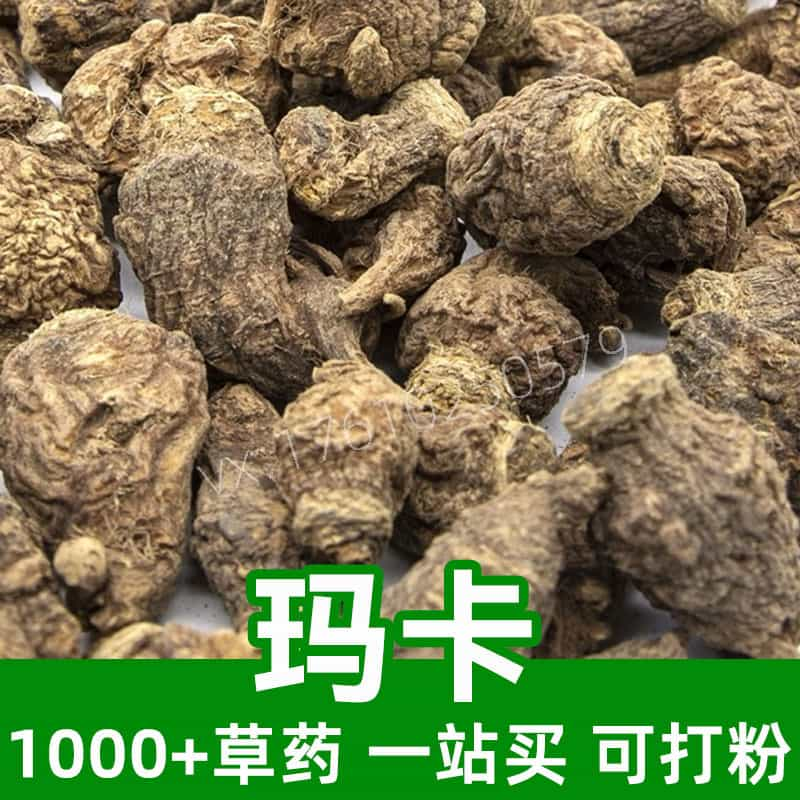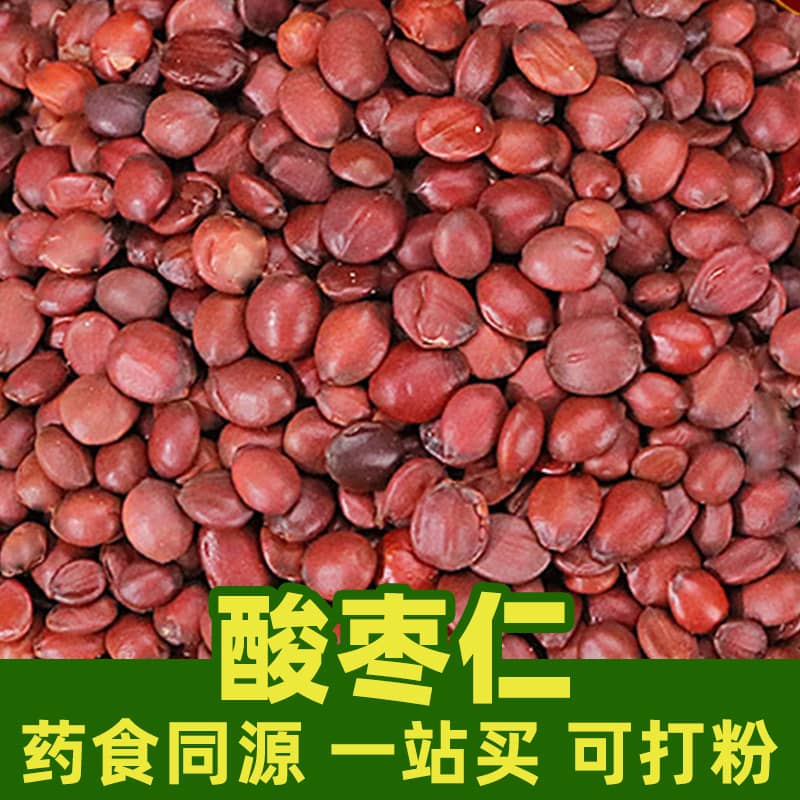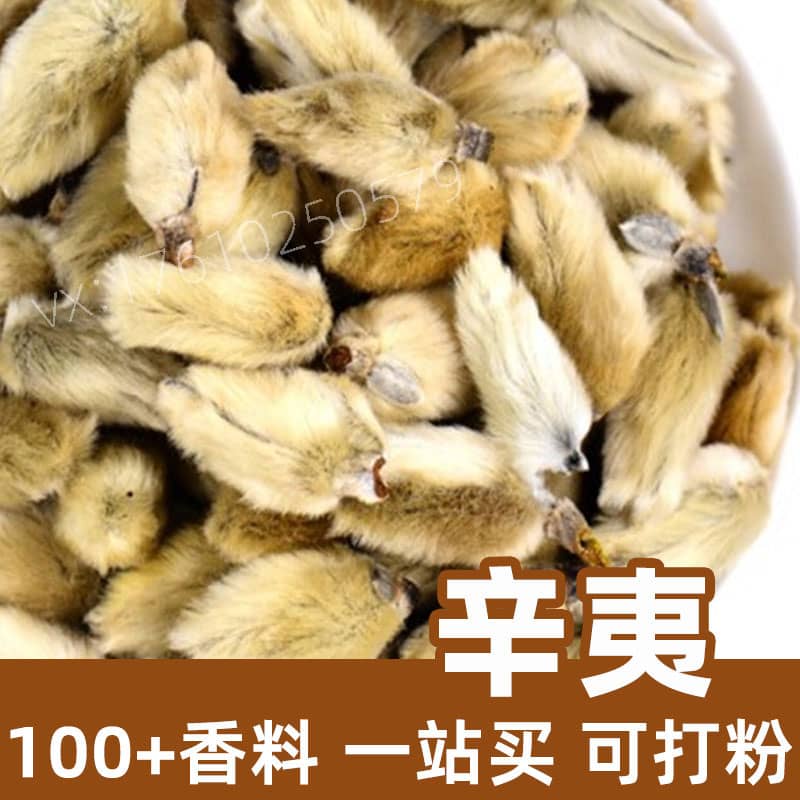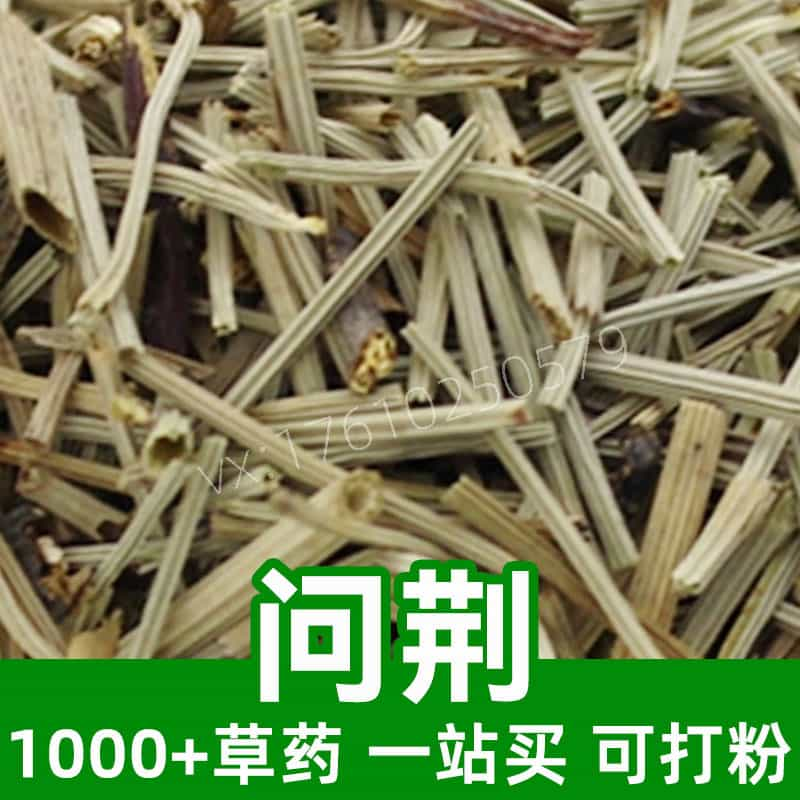Walnut Meat Product Introduction
Walnut Meat, also known as walnut kernels or peach kernels, are the edible part extracted from the walnut fruit. Their main ingredients include proteins, fats, carbohydrates, fiber, vitamin E, and B vitamins, and they are rich in unsaturated fatty acids and various minerals. Walnut Meat come from the walnut tree and are a widely consumed nut grown globally.
Rich in various nutrients, Walnut Meat are commonly used in food processing and the manufacture of health supplements. In traditional Chinese medicine, Walnut Meat are used to nourish the kidneys, moisten the lungs, enrich the blood, calm the mind, and promote bowel movements. They are also nutrient-dense, supporting heart health, boosting immunity, and improving skin condition. In cooking, Walnut Meat are often used to enhance the texture and nutritional value of dishes such as cakes, bread, and salads.
Key Active Ingredients in Walnut Meat
Walnut Meat are a nutritious food, with their primary active ingredients including:
- Proteins: Walnut Meat are rich in high-quality proteins, essential for maintaining muscle tissue health and repair.
- Fats: Walnut Meat contain abundant unsaturated fatty acids, particularly alpha-linolenic acid, which helps lower cholesterol levels and supports cardiovascular health.
- Carbohydrates: Walnut Meat provide a moderate amount of carbohydrates, an important energy source.
- Vitamin E: Walnut Meat are a good source of vitamin E, a potent antioxidant that helps protect cells from oxidative damage.
- B Vitamins: Including B1, B2, B3, B5, and B6, these vitamins play vital roles in energy metabolism, nervous system function, and hemoglobin synthesis.
- Minerals: Walnut Meat contain calcium, magnesium, zinc, and iron, which help maintain bone health, nerve function, and hemoglobin production.
- Plant Sterols: Walnut Meat contain plant sterols such as beta-sitosterol, which help lower cholesterol levels.
- Fiber: Walnut Meat are rich in dietary fiber, promoting digestive health and preventing constipation and other digestive issues.
These nutrients make Walnut Meat a valuable food source that contributes to overall health and enhances the quality of life.
Walnut Meat Applications and Dosage
Walnut Meat are widely used in both traditional Chinese medicine and the food industry, with dosage varying depending on the application.
- Traditional Chinese Medicine Applications:
- Kidney and Vitality Boost: Walnut Meat are believed to strengthen the kidneys and vital energy. In traditional Chinese medicine, they are commonly used to treat symptoms of kidney yang deficiency such as impotence, premature ejaculation, and nocturnal emissions. The recommended daily intake is 15-30 grams, either taken alone or with other herbs.
- Moistening the Lungs and Relieving Coughs: Walnut Meat are also used to nourish the lungs and relieve dry coughs caused by lung yin deficiency. The recommended daily intake is 10-15 grams, often combined with rock candy and pears in soups.
- Calming the Mind and Improving Sleep: Rich in vitamin E and unsaturated fatty acids, Walnut Meat help nourish the nervous system and are used to treat insomnia and memory problems. The recommended daily intake is 15-30 grams, often roasted and eaten as a snack.
- Food Applications:
- Baked Goods: Walnut Meat are commonly used in baking, such as in walnut cookies and cakes, enhancing both the flavor and nutritional value of the food. Add an appropriate amount according to the recipe.
- Salad Ingredient: Walnut Meat are a popular addition to salads, providing a crunchy texture and rich nutrition. Add walnut pieces or crumbs as needed.
- Stir-fry Seasoning: Roasted Walnut Meat can be used as a seasoning in stir-fries, adding flavor and texture while boosting the nutritional value of the dish. Use according to personal taste.
Overall, in traditional Chinese medicine, Walnut Meat are used for kidney and vitality boosting, lung nourishment, and mind calming. In food applications, they are suitable for baking, salad preparation, and stir-fry seasoning, with the quantity depending on personal preference and need.
Source Plant, Distribution, and Growth Environment of Walnut Meat
Walnut Meat are the seeds of the Juglans genus, primarily referring to the kernels of the walnut fruit, which is a drupe. Below is an introduction to the source plant, distribution, and growth environment of Walnut Meat.
- Source Plant:
- Scientific Name: The source plant of Walnut Meat is the walnut tree, *Juglans regia*.
- Other Names: Also known as the walnut tree, it is an evergreen tree belonging to the Juglandaceae family.
- Characteristics: The walnut tree is usually tall, with gray or gray-brown bark, compound leaves, and oval or lanceolate leaflets with serrated edges.
- Distribution:
- Native to the northwest region of China, walnut trees are primarily found in areas such as Gansu, Xinjiang, Ningxia, and parts of northeast China.
- In addition, walnut trees are distributed across Asia, Europe, and North Africa, including countries like Iran, Turkey, the United States, and France.
- Growth Environment:
- Climate: Walnut trees thrive in warm, humid climates and are sensitive to cold. The optimal temperature range for growth is between 15°C-25°C, with a minimum winter temperature of no lower than -15°C.
- Soil: Walnut trees prefer loose, fertile, and well-drained loam soils. They do not tolerate waterlogged conditions and perform best in slightly alkaline to neutral soils.
- Light: Walnut trees require ample sunlight and do not grow well in shaded areas. Insufficient sunlight can lead to poor fruit development.
- Growth Habits:
- Walnut trees grow slowly, typically taking 5-8 years to begin bearing fruit. Once they start producing, they can live for over a century.
- The fruit of the walnut tree is a drupe, with a hard shell containing the walnut kernel. The kernel is rich in oils and proteins, making it an important food and medicinal resource.
In conclusion, Walnut Meat come from the walnut tree, which is distributed across Asia, Europe, and North Africa. It requires a warm, humid climate, well-drained soil, and ample sunlight. Although walnut trees have a long growth cycle, the nutrient-rich kernels have significant dietary and medicinal value.
Walnut Meat Harvesting, Processing, and Storage
The harvesting, processing, and storage of Walnut Meat are essential to ensuring their quality and nutritional value. Below are the methods for harvesting, processing, and storing Walnut Meat.
- Harvesting:
- Walnut Meat are typically harvested when the fruit matures in the fall. Select fruits that have plump kernels and smooth, undamaged skins.
- Care should be taken to avoid damaging the walnut shells during harvest, using either hands or tools gently.
- Processing:
- After harvesting, place the Walnut Meat in a well-ventilated, cool area to dry. Once the outer shell is dry, remove it to obtain the kernel.
- After shelling, Walnut Meat need to be thoroughly dried to prevent mold growth. This can be done by air drying or using low-temperature ovens to ensure the moisture content is adequately reduced.
- Storage:
- Before storing, ensure Walnut Meat are completely dry, as moisture can lead to mold.
- Store in a cool, dry, and well-ventilated area, avoiding direct sunlight and heat. Sealed glass or plastic containers are ideal for storage.
- Regularly inspect stored Walnut Meat for signs of deterioration and replace containers if needed.
- The ideal storage time is between 6 months to 1 year, as Walnut Meat may lose flavor and nutritional value after longer storage. It is recommended to consume or process them soon after harvesting.
In conclusion, Walnut Meat require proper processing and drying after harvest, and they should be stored in airtight containers to prolong freshness and preserve their flavor and nutritional benefits.
Monica Sun is a seasoned expert in the natural raw materials industry, with over a decade of experience specializing in traditional Chinese medicinal herbs, spices, and fungi. She is skilled in the sourcing, processing, and application of these materials, emphasizing sustainability and innovation. Monica Sun has contributed to the development of high-quality natural raw materials that serve as essential components in functional foods, pharmaceuticals, and cosmetics, delivering tailored solutions to meet diverse market needs.















